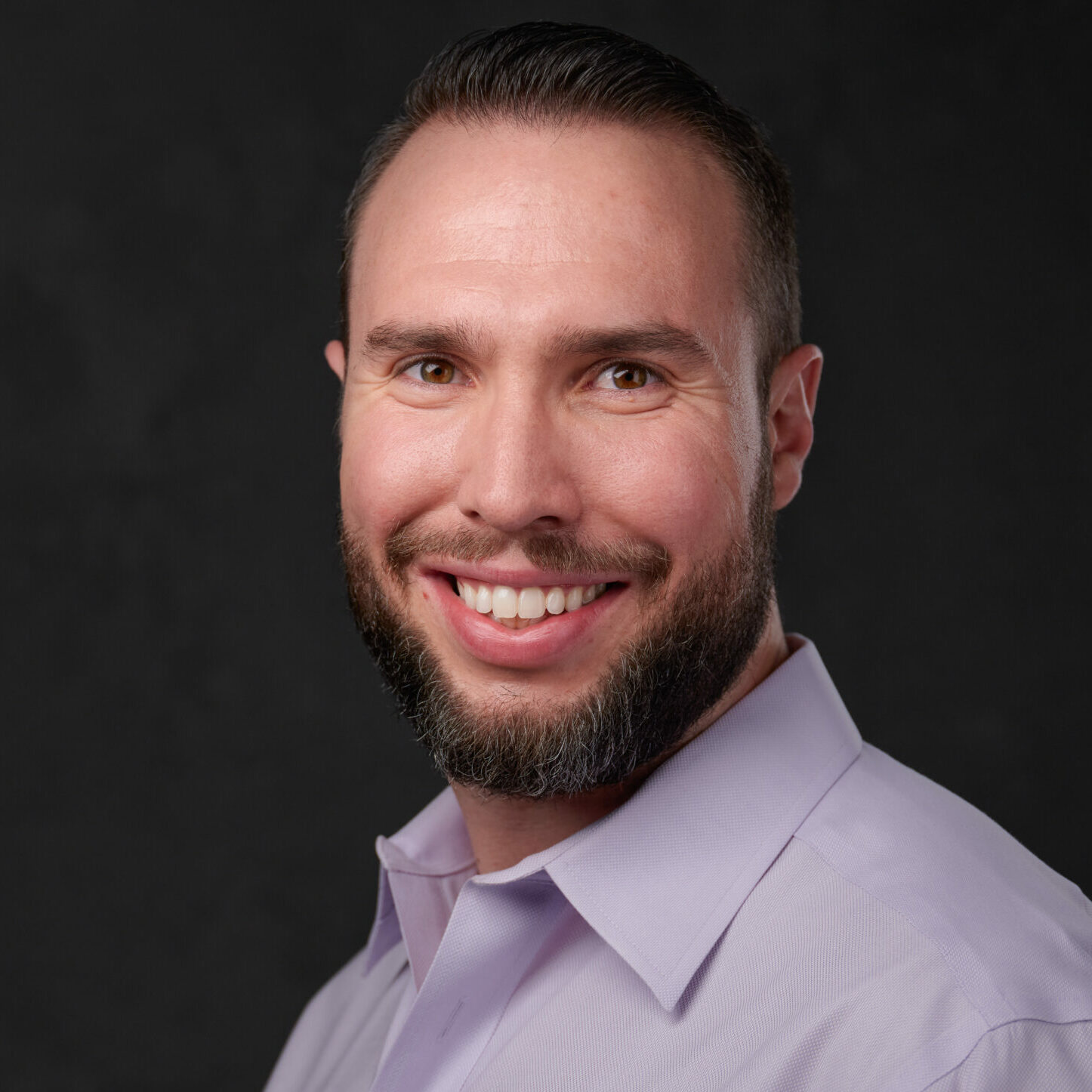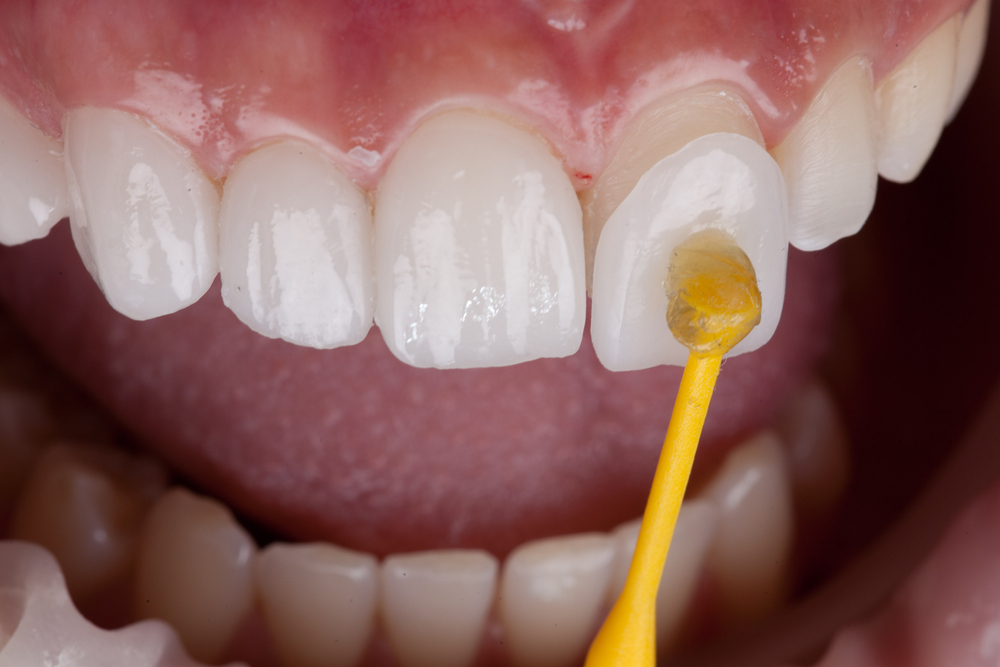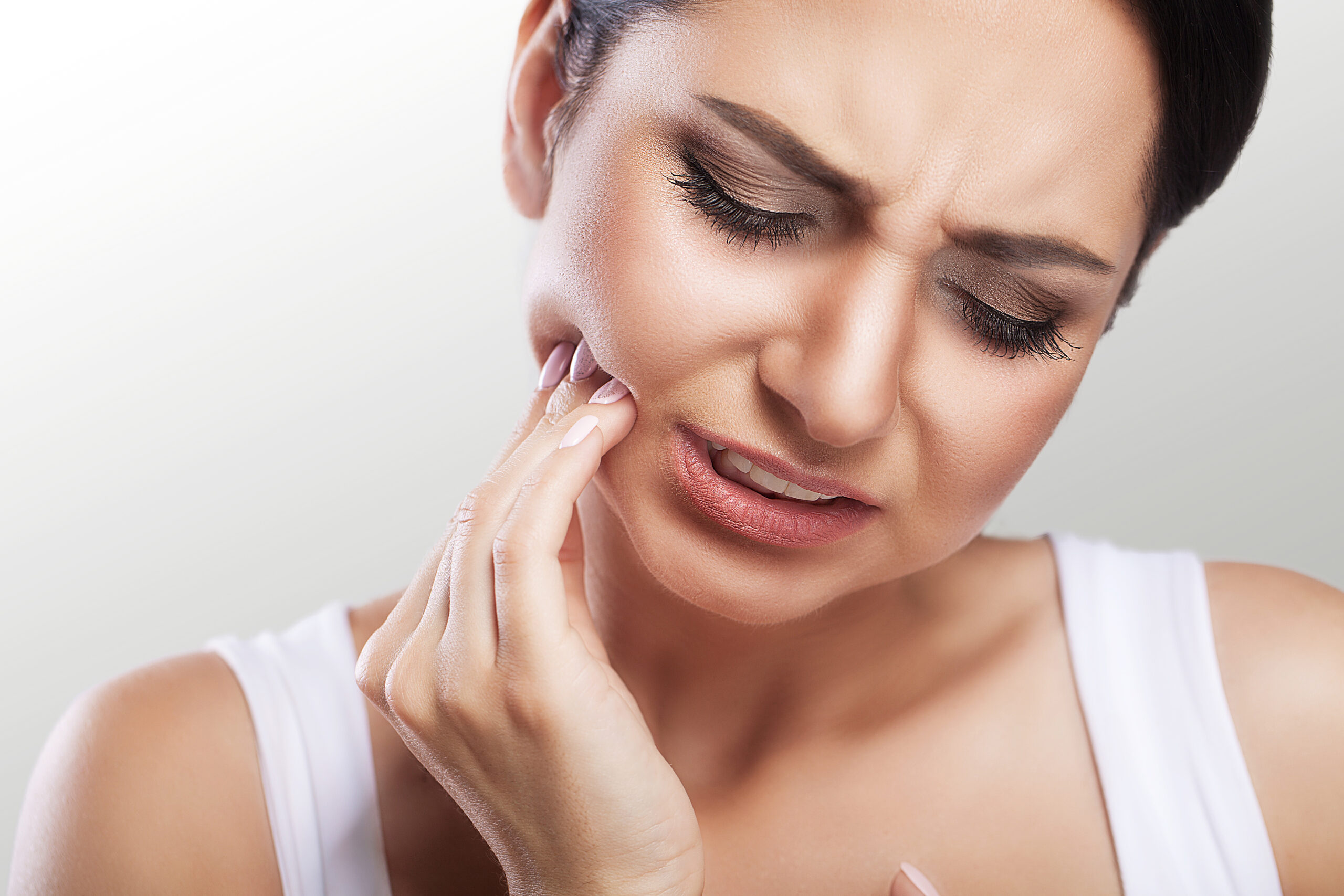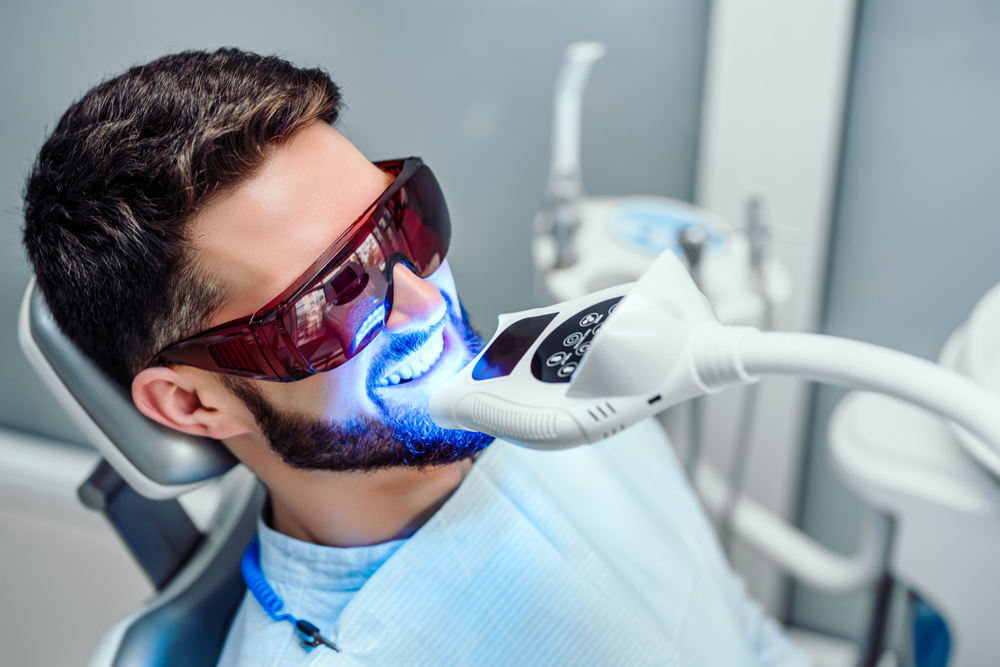In the vast realm of oral health, misconceptions and dental myth often lead us astray, shaping our habits and perceptions about dental care. These myths, while sometimes grounded in logic, are often far from the scientific truth, and can potentially cause harm or lead to neglect of essential practices. As we value a clear understanding of dental health, we aim to debunk 10 of the most common dental myths in this article, helping you separate fact from fiction for healthier, happier smiles.
Dental Myth 1: Sugar Is the Primary Culprit for Cavities
You might’ve grown up hearing your parents warn you about sugar-laden treats, emphasizing their role in causing cavities. While sugar plays a part, it isn’t the direct offender. The true culprits are the harmful bacteria in your mouth that feed on sugars and produce acids. These acids erode tooth enamel over time, leading to cavities. The frequency and length of exposure to sugar significantly affect cavity risk rather than the quantity alone. So, eating a candy bar at once is less damaging than sipping on a soda throughout the day.
Dental Myth 2: More Brushing Leads to Healthier Teeth
Brushing your teeth is essential, but more isn’t always better. Overbrushing or brushing too hard casugarn wear down tooth enamel and irritate your gums, potentially causing gum recession and exposing the sensitive root area. The American Dental Association recommends brushing twice a day for two minutes each time with a soft-bristled toothbrush. Also, remember to replace your toothbrush every three to four months or sooner if the bristles become frayed.
Dental Myth 3: Teeth Whitening Weaken Teeth
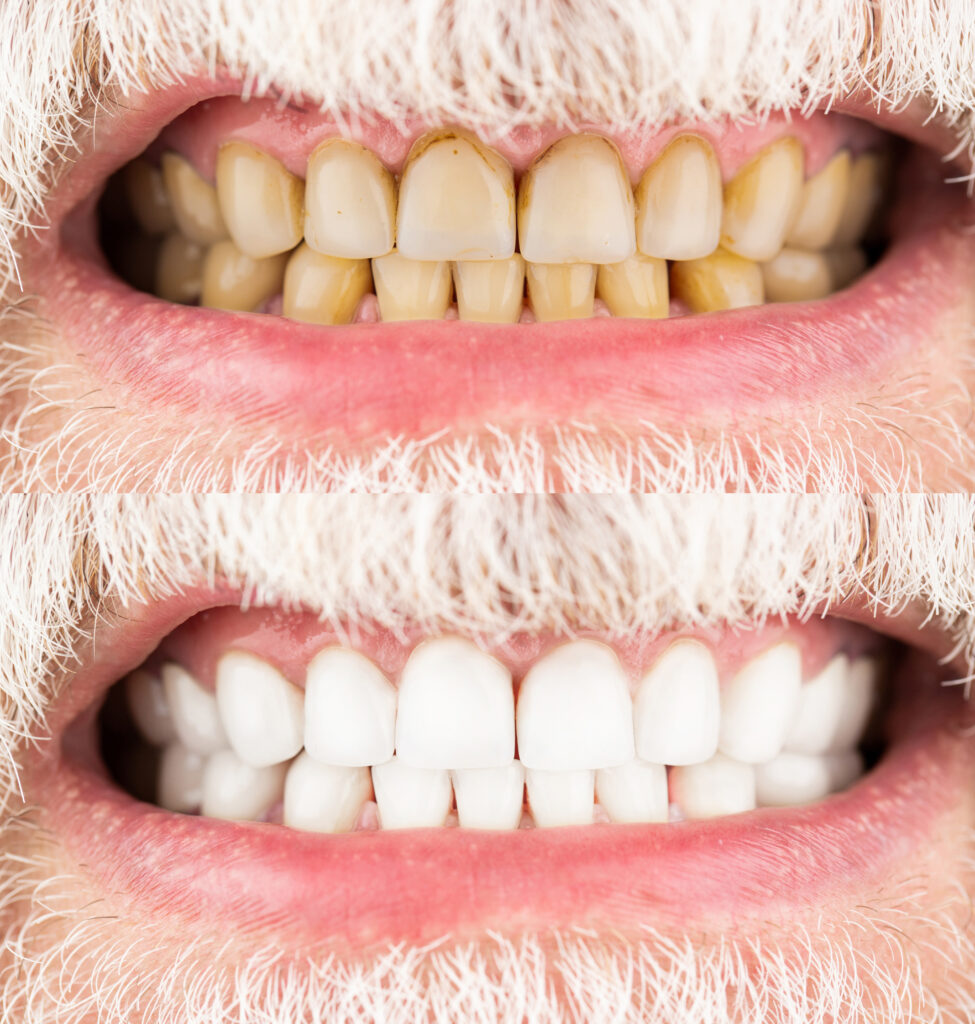
Whitening procedures have earned a reputation for weakening teeth. While some people may experience temporary tooth sensitivity following whitening, the procedure itself does not weaken the tooth structure. Most whitening treatments use hydrogen peroxide, which temporarily opens the pores in your teeth and lifts away stains. Once the treatment concludes, your teeth naturally rehydrate and remineralize.
Dental Myth 4: Flossing Isn’t Essential
Flossing often takes a back seat when it comes to dental hygiene routines, with many believing that brushing is enough. Unfortunately, brushing only cleans about 60% of your tooth surfaces. Flossing helps clean the remaining areas, mainly between your teeth, preventing plaque buildup, gum disease, and bad breath. Make flossing a daily habit for a truly comprehensive clean.
Dental Myth 5: You Shouldn’t Brush Bleeding Gums
Bleeding gums are often a sign of gum disease, caused by plaque buildup at the gum line. If your gums bleed when you brush, it doesn’t mean you should stop brushing. Instead, it might indicate the need for a gentler brushing technique and making sure you’re brushing along the gumline. Regular brushing, flossing, and dental check-ups can help reverse early gum disease, known as gingivitis.
Dental Myth 6: Bad Breath Means You’re Not Brushing Welbal
Bad breath doesn’t always point to poor oral hygiene. While it’s true that not brushing and flossing regularly can lead to halitosis, other factors contribute too. Certain foods, dry mouth, smoking, medical conditions, and medications can also cause bad breath. If you maintain good oral hygiene but still struggle with bad breath, consult your dentist or doctor.
Dental Myth 7: Baby Teeth Don’t Matter
Many believe that since baby teeth eventually fall out, they don’t need as much care. This misconception can lead to poor oral health habits. Baby teeth hold space for permanent teeth and help with speech and jaw development. Untreated cavities in baby teeth can cause pain and spread infection, potentially affecting the developing permanent teeth.
The dental world is rife with myths and misinformation that can lead to inadequate oral care and unnecessary fear. By dispelling these myths, we aim to promote better dental hygiene and foster a healthier relationship with dental health. Your dentist is the best source of information when it comes to your oral health, so don’t hesitate to reach out if you have any concerns or questions.
Dental Myth 8: Dental X-Rays Are Unnecessarily Dangerous
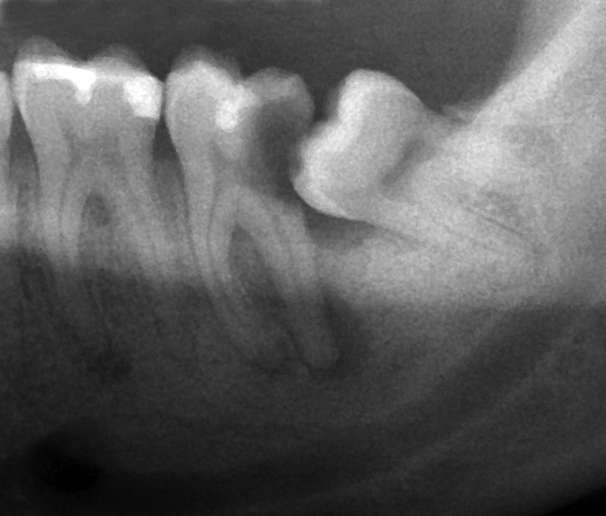
The word ‘radiation’ often sparks concern. While it’s true that dental X-rays involve radiation, the level is extremely low. Modern dental X-ray machines are designed to limit the body’s exposure to radiation and every precaution is taken to ensure that radiation exposure is As Low As Reasonably Achievable (the ALARA principle). The benefits of dental X-rays, which can detect issues like cavities, gum disease, oral infections, and some types of tumors, far outweigh the minimal risk.
Dental Myth 9: You Should Visit the Dentist Only When Your Teeth Hurt
Preventive care is often overlooked in oral health. People tend to visit the dentist only when they experience pain or discomfort. However, many dental issues like gum disease and cavities don’t cause pain until they’re advanced. Regular dental check-ups and cleanings can help detect and treat issues early before they become more serious and require more invasive treatments.
Dental Myth 10: Mouthwash Can Replace Brushing
While mouthwash can kill bacteria and freshen breath, it cannot replace brushing or flossing. Brushing and flossing physically remove food particles, plaque, and bacteria that mouthwash might not reach. Think of mouthwash as an addition to brushing and flossing, not a substitute. For an effective oral hygiene routine, it’s best to first brush and floss, then use mouthwash to clear any remaining loose particles and bacteria.
As with many aspects of health, misconceptions around dental care are common. However, understanding the truth behind these myths can go a long way in maintaining excellent oral health. Always consult with your dental professional for any concerns or questions about your oral health.
